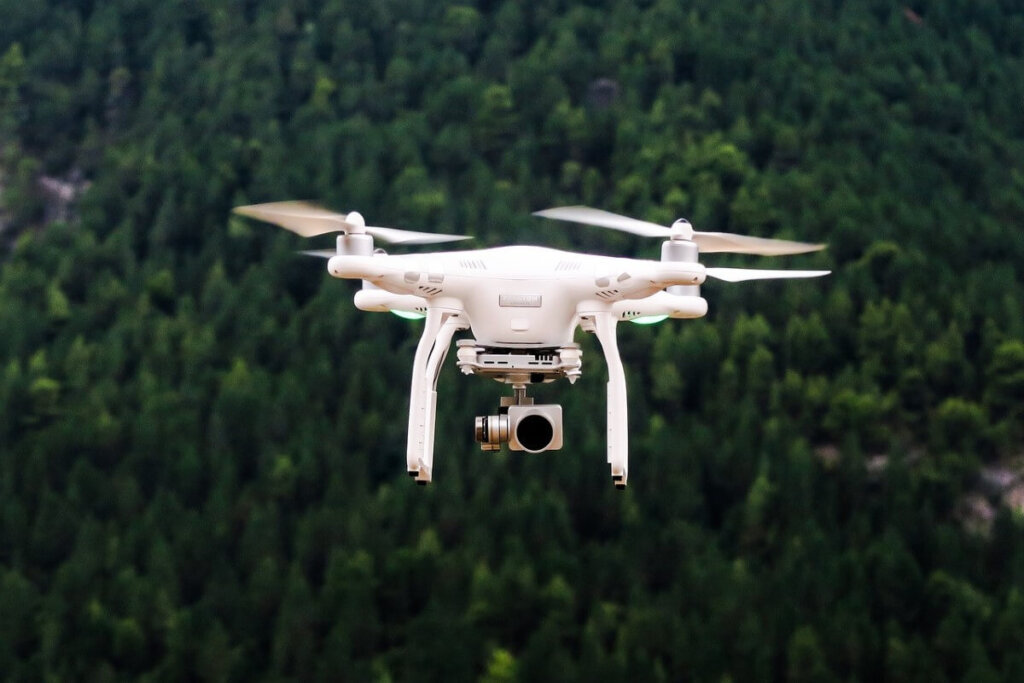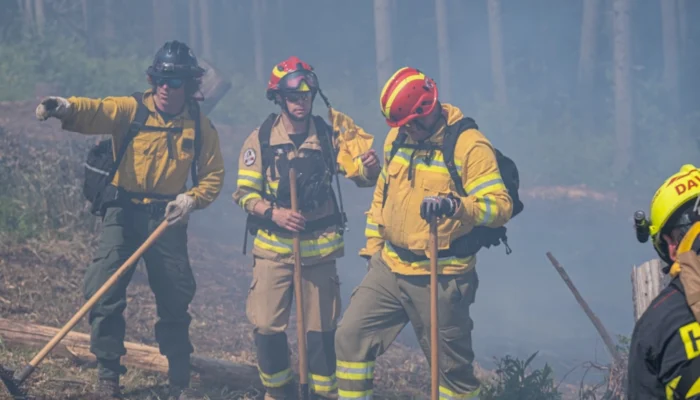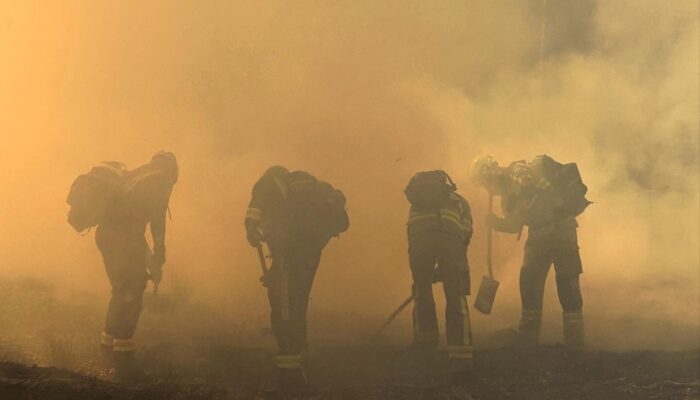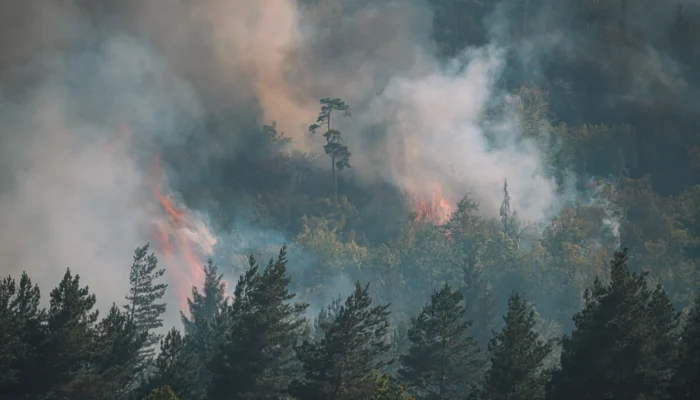Wildfires are becoming increasingly destructive, posing significant threats to lives, property, and ecosystems. As a result, there’s a growing interest in innovative technologies to detect fires early on. Wildfire drones equipped with advanced sensors offer a promising solution to this challenge. By rapidly scanning vast areas, these unmanned aerial vehicles can identify potential fire hotspots before they escalate into major blazes.
.
Table of Contents
ToggleHow Can Drones and Sensors Be Used in Wildfire Management?
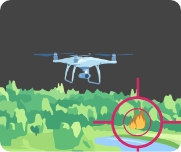
Smoke and fire detection systems are often based on camera detectors. When installed high above the ground, e.g., on roofs or poles, such a detector can monitor a vast area of land, providing you 24/7 protection against potential fire hazards and easy access to collected footage at any time. Sensitive sensors can quickly spot the first signs of wildfires from afar, both during the day and at night. However, it’s important to note that the time needed to detect fires may vary between locations depending on local topography and weather.
Sometimes, when the area you want to monitor is simply too large or too varied, using stationary camera detectors alone may not be enough. In such cases, a more mobile solution, such as a fire drone, can be a great addition to your fire detection system. Thanks to IoT sensors, wildfire drones can detect early signs of fires within the monitored area and automatically send users a fire alarm with the exact location.
.
The Benefits of Using Wildfire Detection Technologies
- Sensitive optical sensors can detect smoke and fire from afar: Even a single camera detector can monitor a huge area. When it comes to the SmokeD fire detectors, with five detectors, you can cover an area within a 10-mile radius.
- Automatic systems enable early fire detection: AI-based wildfire detection systems can detect fires before they go wild. Detector cameras with advanced sensors monitor the area and analyze the collected footage for any changes that may suggest a fire threat. This enables them to detect wildfires earlier, as soon as the first signs of smoke or flames appear.
- Detecting fires in their early stages increases the chance of successfully containing them: Wildfires can be unpredictable and spread quickly over large areas. That’s why improving wildfire detection speed is essential to effectively save lives and assets. When firefighters can get to the location soon after a wildfire starts, it greatly increases the chance of containing it before it gets out of hand.
- Wildfire drones can monitor hard-to-reach areas: Firefighting drones, hovering high above the ground, are capable of detecting smoke and flames even in places that are otherwise difficult to reach and monitor. In addition, they can pinpoint the location of a fire precisely, enabling a faster response to the threat.
- Smoke and fire detection systems can send automatic fire alerts: As soon as a wildfire drone or fire detectors detect wildfires, they generate automatic alerts about the emerging threat with the exact location. This enables users to immediately notify the firefighting authorities and, if necessary, evacuate workers or local residents.
.
Early Wildfire Detection FAQ
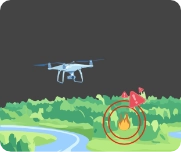
Is There a Way to Predict a Wildfire Before It Happens?
While this would be a game-changer in fighting wildfires, we do not currently have any tool capable of predicting them with 100% accuracy. However, scientists can create models based on data gathered from previous wildfires, weather forecasts, and local terrain characteristics, among other things, to estimate where and when a fire is most likely to start.
.
What Must Be Observed Through Sensors to Identify Forest Fires?
AI-based detection systems can detect early signs of potential wildfire hazards, such as smoke and flames. This means the threat can be recognized even within 10 minutes after the fire ignites and before it spreads. The wildland fire detection time depends on several factors, including weather conditions and the type of terrain.
.
How Do Wildland Fires Start?
Wildfires are fires caused either by human activities or natural phenomena such as lightning strikes, high temperatures, or drought. It’s often difficult to determine what started a specific fire.
.
What Are the Most Common Ignition Sources in Wilderness Wildfires?
It’s difficult to pinpoint the most common cause of wildfires, as it largely depends on the location. For example, according to Canadian authorities, around 60% of wildfires in British Columbia are caused by lightning, but the National Park Service estimates that most wildland fires in the United States (even as much as 85%) are caused by human activity.
